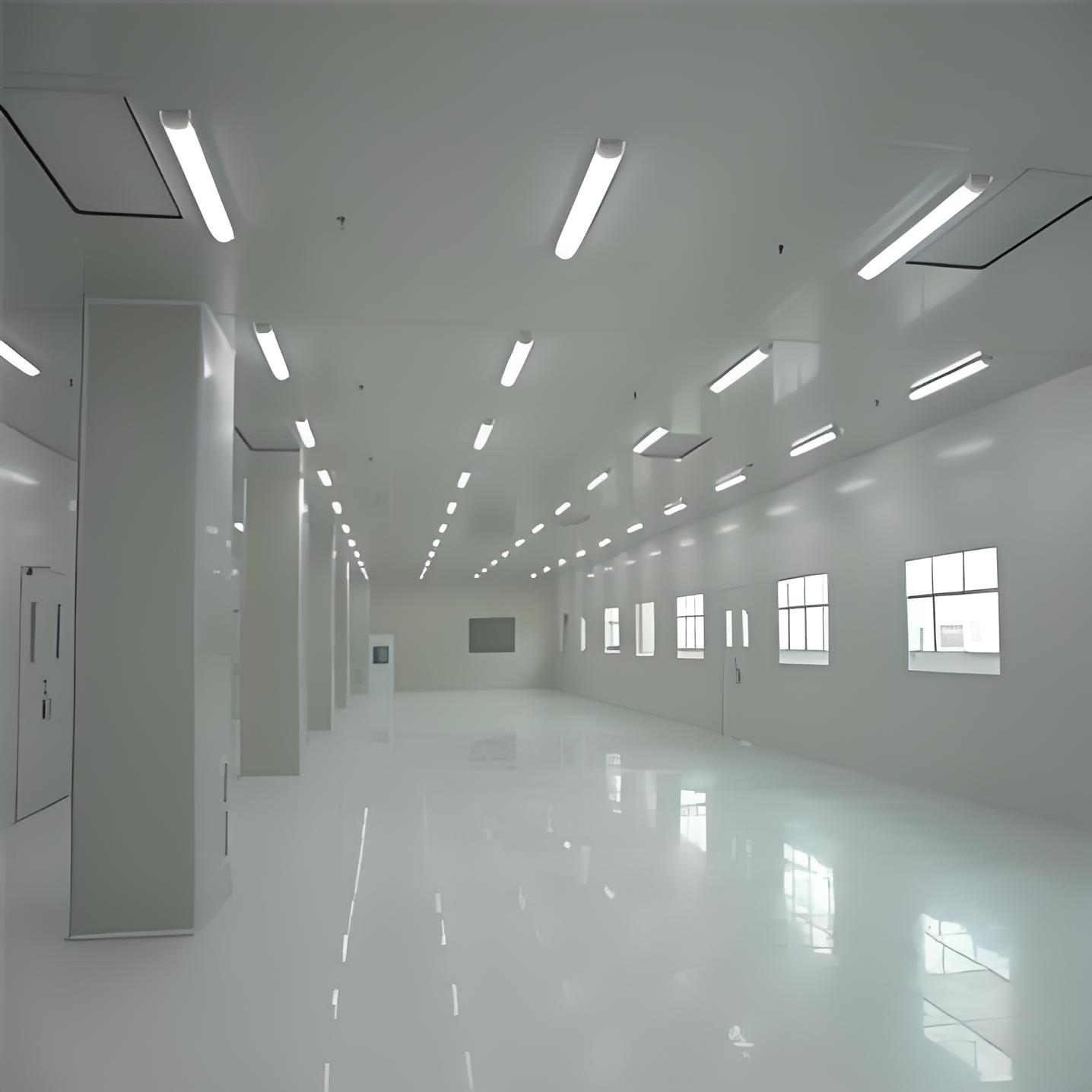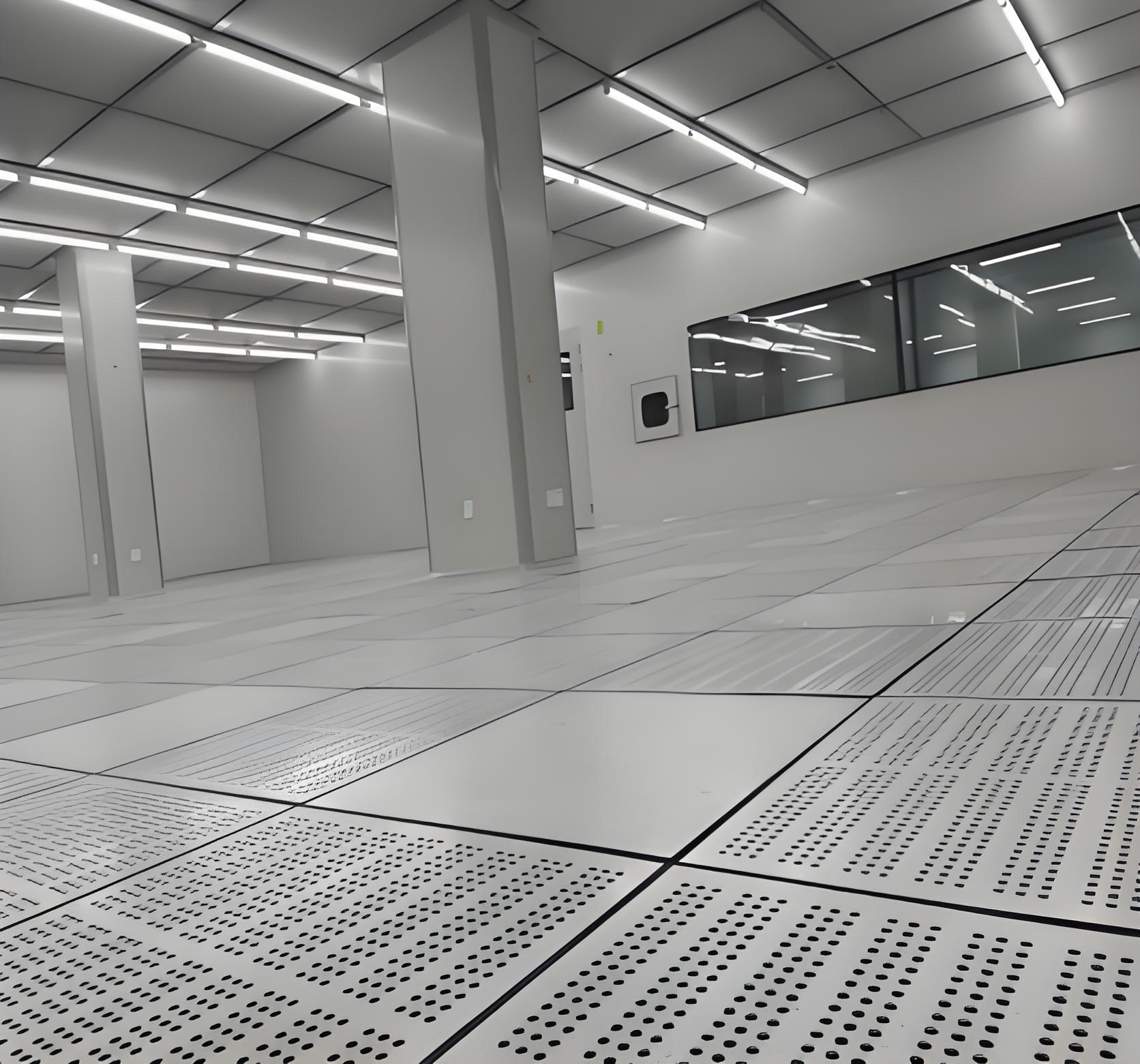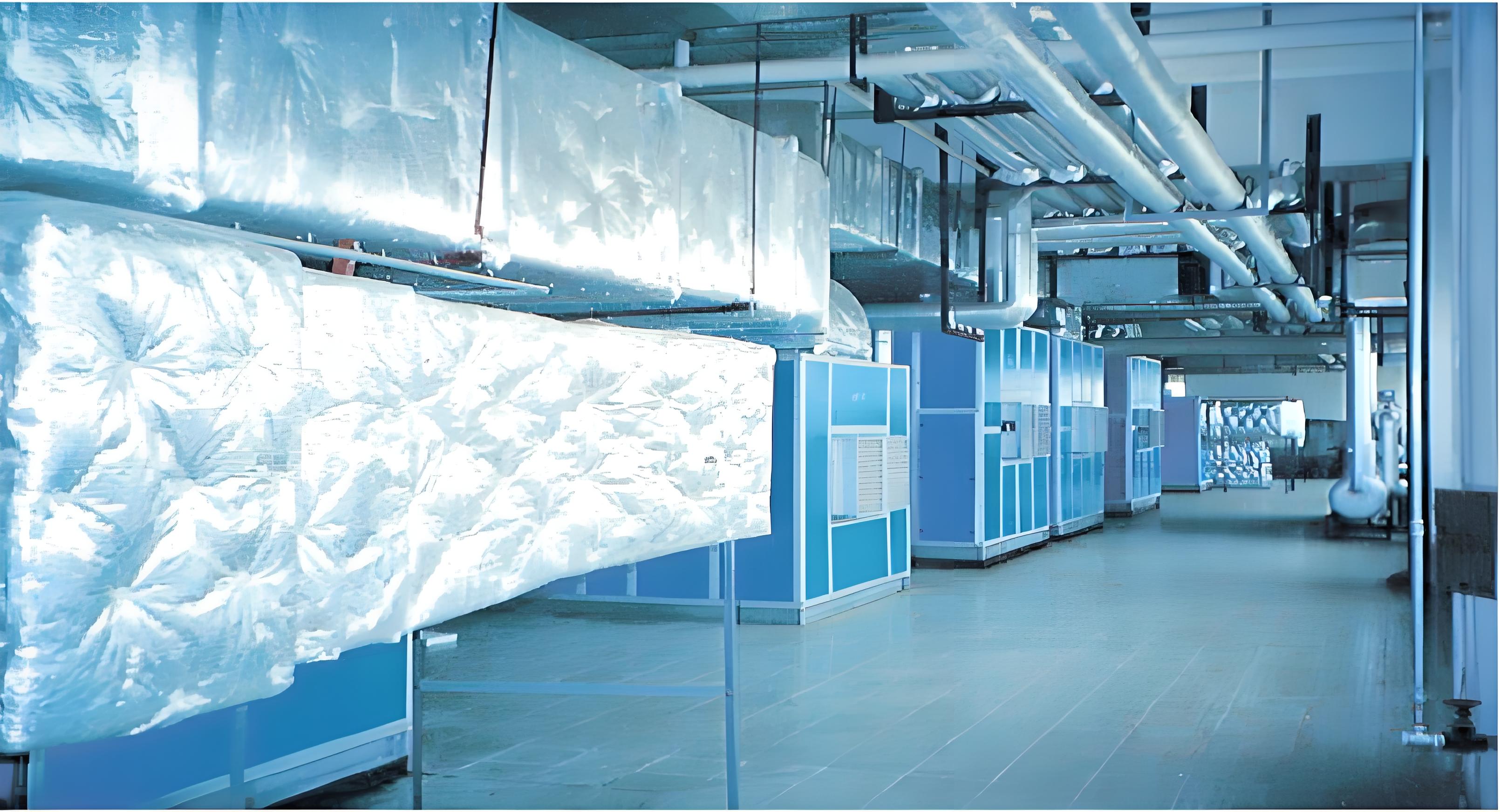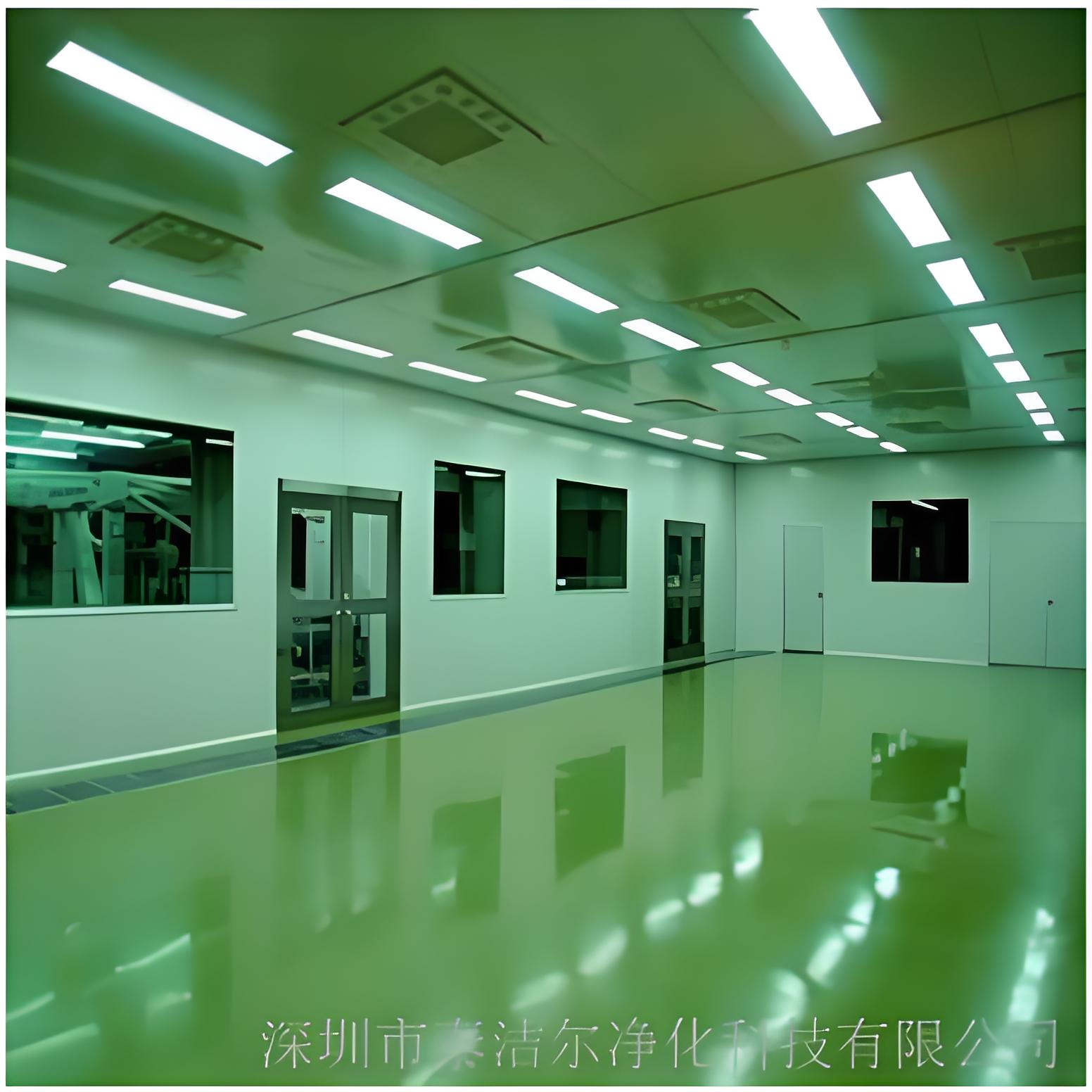




In today’s highly regulated and quality-driven manufacturing landscape, the need for precision, cleanliness, and repeatability has never been greater. For companies producing medical devices, optical lenses, semiconductor components, or other critical parts, even microscopic contaminants can lead to catastrophic product failure. This is where a comprehensive Injection Molding Purification Project becomes paramount. Such a project goes beyond simply placing a machine in a clean room; it involves a holistic engineering approach to integrate molding processes into a rigorously controlled environment. This article explores the key facets of planning and executing a successful purification initiative, focusing on the integral components of Cleanroom Injection Molding Facility Engineering, Controlled Environment for Precision Injection Molding, and more.

The cornerstone of any Injection Molding Purification Project is the facility itself. Cleanroom Injection Molding Facility Engineering involves the architectural and mechanical design of a space that can maintain stringent levels of airborne particulate cleanliness. This is typically defined by ISO classifications (e.g., ISO 14644-1 Class 7 or Class 8).
The engineering process begins with a clear definition of requirements. What ISO class is necessary for your products? The answer dictates everything from the air change rates per hour (ACH) and the type of High-Efficiency Particulate Air (HEPA) or Ultra-Low Penetration Air (ULPA) filtration systems to the pressurization schemes. A positive pressure cascade is standard, ensuring air flows from the cleanest areas (the molding cell) to the less clean surrounding areas, preventing ingress of contaminants.
Key engineering considerations include:
Wall and Ceiling Systems: Using non-shedding, smooth, and cleanable materials like vinyl-coated gypsum or modular insulated panels.
Flooring: Epoxy or urethane resin floors that are seamless, chemical-resistant, and electrostatic dissipative.
HVAC Systems: Specifically designed to provide laminar or turbulent mixed airflow with precise control over temperature (±1°F) and relative humidity (±5% RH), which is critical for material stability.
Utilities: Planning for the routing of water, electricity, and compressed air lines in a way that does not compromise the cleanroom integrity.
A Controlled Environment for Precision Injection Molding extends far beyond air quality. While eliminating particulate contamination is the primary goal of the purification project, precision molding demands control over every variable that can influence the process and the final part.
This environment meticulously regulates:
Temperature and Humidity: Fluctuations can cause variations in material viscosity, cooling rates, and part dimensions. Tight control is non-negotiable for holding micron-level tolerances.
Material Handling: The journey of raw resin from delivery to the machine throat must be contamination-free. This often involves dedicated pass-through chambers, sealed containers, and automated conveying systems with integrated drying hoppers that are purged with dry air.
Personnel Procedures: Operators are the largest source of contamination. Strict gowning protocols (smocks, bouffant caps, gloves, and shoe covers), and comprehensive training are mandatory parts of the controlled environment.
Tooling and Maintenance: Mold design must facilitate cleanability, often with easy access and minimal parting lines. Any maintenance done within the environment must follow protocols that prevent the introduction of oils, metal shavings, or other foreign materials.
The Cleanroom Molding Cell Design is where the theoretical environment meets practical manufacturing. This is the localized zone where the injection molding machine, robot, and ancillary equipment operate within the larger cleanroom. The design can range from a hard-wall enclosure to a soft-wall canopy surrounding the machine.
An effective cell design focuses on isolation and integration:
Machine Isolation: Modern all-electric injection molding machines are preferred for their clean operation, as they do not use hydraulic oil, which is a significant contamination risk. The machine base and platen areas are often sealed.
Automation Integration: Robots for part removal and sprue picking are standard. Their design must be compatible with the cleanroom, often featuring stainless steel construction and lubricants that are safe for the intended ISO class. Vision systems for automated inspection can also be integrated within the cell.
Point-of-Use Extraction: Even in a cleanroom, the molding process can generate particulates and volatiles. Local exhaust ventilation (LEV) at the mold parting line is crucial to capture these byproducts at the source before they can circulate.
Ergonomics and Workflow: The cell must be designed for efficient and clean part handling. This includes validated transfer containers and ergonomic stations for any secondary operations that must occur within the controlled space.
For many manufacturers, managing the myriad vendors and complex integration of a purification project is a daunting task. This is where a Turnkey Cleanroom Build-out offers immense value. A turnkey provider acts as a single point of responsibility, managing the entire project from initial concept and design to procurement, construction, installation, qualification, and final handover.
The advantages of a turnkey approach for an Injection Molding Purification Project are significant:
Single-Source Accountability: Eliminates finger-pointing between separate HVAC, construction, and automation vendors.
Streamlined Project Timeline: Experienced providers have streamlined processes for design, approval, and construction, accelerating time-to-market.
Cost Certainty: A well-defined fixed-price contract mitigates the risk of budget overruns from unforeseen complications.
Proven Expertise: Turnkey specialists bring proven experience in integrating molding machinery with building infrastructure, avoiding common pitfalls.
A cleanroom is not a "set it and forget it" installation. Continuous verification is essential. A robust Environmental Monitoring and Validation program is a critical component of the overall project, providing the data to prove the environment consistently meets its specified parameters.
This program typically includes:
Particulate Monitoring: Continuous remote sensors constantly measure and log airborne particle counts in critical sizes (e.g., 0.5 and 5.0 microns), providing real-time alerts if levels exceed limits.
Viable Monitoring: Settling plates (passive air sampling) and active air samplers are used to collect and culture microorganisms to ensure bioburden is controlled, which is vital for medical applications.
Physical Parameter Logging: Continuous monitoring of temperature, relative humidity, and differential pressure.
Certification and Validation: Following initial installation, the cleanroom must be certified to the appropriate ISO standard. This involves tests for particle count, air flow velocity and volume, HEPA filter integrity, and recovery time.

For the highest levels of contamination control or for isolating a specific process hazard, Process Isolation Solutions are employed. These are physical barriers that completely separate the operation from the surrounding environment and operators.
Common isolation strategies in an Injection Molding Purification Project include:
Isolators: Rigid enclosures that provide the highest level of separation. Glove ports allow operators to perform tasks without breaching the controlled atmosphere inside. They can be purged with inert gas like Nitrogen for processing highly hygroscopic materials directly at the press.
Mini-Environments: These create a localized ISO Class 5 (Class 100) or better environment around the mold area, often within a larger ISO Class 7 or 8 room. This is a cost-effective way to achieve extreme cleanliness exactly where it's needed.
Even well-planned projects can encounter obstacles. Being aware of these common problems is the first step to mitigating them.
Underestimating Total Cost of Ownership: The initial build-out cost is just one factor. The energy consumption of the HVAC system, ongoing validation, monitoring, and maintenance of the cleanroom environment represent significant recurring costs that must be budgeted for.
Inadequate HVAC Capacity: One of the most frequent mistakes is specifying an HVAC system that is barely sufficient for the initial load. The heat generated by molding machines, robots, and chillers is substantial. The system must have the capacity to handle this heat load while maintaining strict temperature control, with room for future expansion.
Poor Material Flow: Failing to design how raw materials, molds, finished goods, and waste enter and exit the cleanroom without compromising its integrity. Using standard doors instead of pass-through chambers is a typical error.
Ignoring Maintenance Access: How will technicians service a machine or robot without tracking contaminants into the space or without proper tools? Failing to plan for maintenance is planning to fail.
Over- or Under-Specifying the ISO Class: Choosing an ISO Class 7 when a Class 8 would suffice wastes capital and operational funds. Conversely, selecting a Class 8 for a application that requires Class 7 leads to non-conforming products and regulatory issues. A thorough risk analysis is required.
Lax Personnel Training: The best-designed cleanroom can be compromised in minutes by untrained personnel. Continuous training and strict enforcement of gowning and material handling procedures are essential for long-term success.
An Injection Molding Purification Project is a complex but essential undertaking for manufacturers in high-tech industries. It is a multidisciplinary endeavor that seamlessly blends Cleanroom Injection Molding Facility Engineering with precision process control. By focusing on intelligent Cleanroom Molding Cell Design, considering a Turnkey Cleanroom Build-out for efficiency, and implementing rigorous Environmental Monitoring and Validation, companies can create a robust Controlled Environment for Precision Injection Molding. Understanding and planning for advanced Process Isolation Solutions and common pitfalls further de-risks the project. Ultimately, a successfully executed project delivers the unparalleled quality, regulatory compliance, and market competitiveness that modern manufacturing demands.

